
All categories
Featured selections
Trade Assurance
Buyer Central
Help Center
Get the app
Become a supplier

(880 products available)


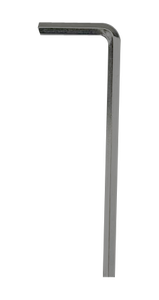

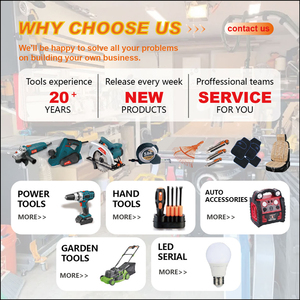

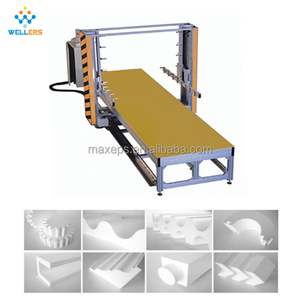


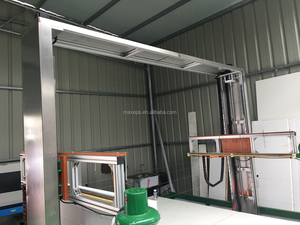








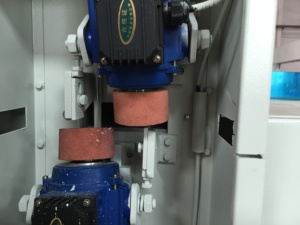



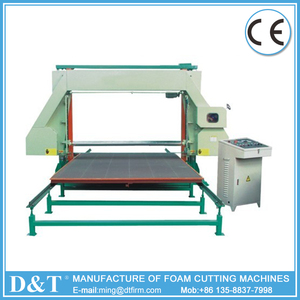
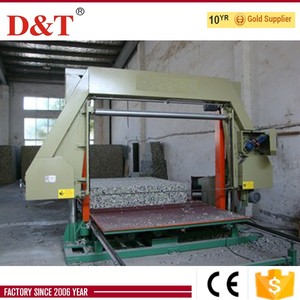
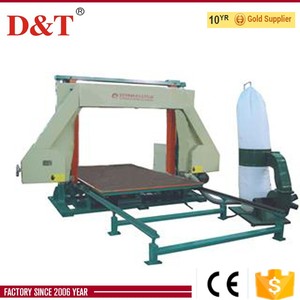


portable hot foam cutter are a crucial component in the realm of industrial machinery, specifically tailored for the processing of plastic and rubber materials. These machines are designed to cut foam with precision and efficiency, catering to the diverse needs of industries such as automotive, furniture, and packaging. The technology behind portable hot foam cutter allows for the creation of complex shapes and designs, enhancing the versatility and functionality of foam products. As industrial demands continue to evolve, these machines play a pivotal role in optimizing manufacturing processes and ensuring high-quality output.
There is a wide array of portable hot foam cutter available, each suited to specific applications and requirements. Common types include hot wire foam cutters, CNC foam cutters, and oscillating blade foam cutters. Hot wire foam cutters use a heated wire to slice through foam, making them ideal for creating smooth edges and intricate designs. CNC foam cutters, on the other hand, utilize computer numerical control to achieve precision cuts, perfect for detailed and repetitive tasks. Oscillating blade foam cutters employ a rapid back-and-forth motion to cut through denser foam materials, offering versatility across various densities and thicknesses. Each type of portable hot foam cutter is engineered to meet particular industrial needs, ensuring optimal performance and efficiency.
portable hot foam cutter come equipped with a range of functions and features designed to enhance their usability and effectiveness. They offer adjustable settings for speed and temperature, allowing operators to tailor the cutting process to specific foam types and thicknesses. Features such as automatic feed, digital controls, and safety sensors improve operational efficiency and ensure user safety. Automatic feed systems facilitate continuous production, minimizing downtime and labor costs. Digital controls provide precise adjustments, ensuring consistent quality and accuracy in cuts. Safety sensors detect obstructions and prevent accidents, maintaining a secure working environment. The integration of advanced technology in portable hot foam cutter supports high productivity and meets the evolving demands of various industries.
The construction of portable hot foam cutter involves the use of durable materials and advanced components to ensure longevity and reliability. High-grade steel and aluminum are commonly used for the machine frames, providing strength and stability during operation. Cutting wires and blades are typically made from tungsten or stainless steel, known for their heat resistance and sharpness. Electronic components, including sensors and controllers, are sourced from reputable manufacturers to guarantee precision and functionality. The choice of materials impacts the machine's overall performance, enabling it to handle various foam densities and maintain cutting accuracy. As technology advances, manufacturers continually upgrade portable hot foam cutter with innovative materials to meet the growing demands of modern industries.
To maximize the benefits of portable hot foam cutter, understanding their operational nuances is essential. Operators should select the appropriate machine type based on the foam density and the complexity of the required cuts. Proper calibration of speed and temperature settings is crucial to achieving optimal results, preventing material wastage and ensuring smooth edges. Regular maintenance, including cleaning and inspection of cutting components, ensures consistent performance and prolongs machine lifespan. In industrial settings, leveraging the programmable features of portable hot foam cutter can streamline production processes, reduce manual intervention, and enhance precision. Educating operators on best practices and safety protocols is vital to maintaining efficiency and minimizing risks associated with machine operation.
When selecting portable hot foam cutter, it's important to consider the specific requirements of your industry and application. The type of foam material to be processed plays a significant role in determining the appropriate machine. For instance, denser foam materials require machines with robust cutting capabilities, such as oscillating blade cutters, while lighter foam may be efficiently handled by hot wire cutters. Additionally, the desired precision and complexity of cuts should guide your choice. CNC foam cutters are ideal for intricate designs and repetitive tasks, ensuring accuracy and consistency. Understanding these factors ensures that your choice of portable hot foam cutter optimizes production efficiency and meets your operational needs.
Another crucial factor is the size and capacity of the portable hot foam cutter. Machines come in various sizes, from compact models suitable for small-scale operations to larger systems designed for high-volume production. Assessing your production scale and space availability will help determine the most suitable machine size. Furthermore, consider the machine's compatibility with existing equipment and workflow to ensure seamless integration into your production line. Evaluating these aspects thoroughly will lead to a more informed decision when selecting portable hot foam cutter for your manufacturing processes.
Regular maintenance of portable hot foam cutter is critical to ensuring their longevity and optimal performance. Key practices include cleaning the cutting components to prevent residue buildup, inspecting wires and blades for wear and tear, and calibrating the machine settings for precision. Periodic checks on electronic components such as sensors and controllers also help maintain functionality. Implementing a scheduled maintenance routine can minimize downtime and extend the lifespan of portable hot foam cutter in industrial environments.
Yes, portable hot foam cutter are designed to handle various foam densities, offering adjustable settings for speed, temperature, and cutting pressure. This adaptability allows operators to tailor the machine's operation according to the specific foam type being processed, ensuring clean cuts and minimizing material waste. It's essential to select a machine equipped with the necessary features to handle the range of foam densities encountered in your production processes.
Absolutely, portable hot foam cutter are versatile enough to be utilized in both prototyping and mass production. For prototyping, CNC foam cutters provide the precision required for developing intricate designs and testing new concepts. In mass production, machines with automatic feed systems and robust cutting capabilities facilitate continuous operation, enhancing productivity. Choosing the right machine configuration allows seamless transition between prototyping and large-scale manufacturing.
Safety is a paramount concern in the operation of portable hot foam cutter. Modern machines are equipped with safety sensors that detect obstructions and halt operation to prevent accidents. Additionally, emergency stop buttons and protective guards are standard features that safeguard operators. Training staff on safety protocols and adhering to manufacturer guidelines further enhance the safe use of portable hot foam cutter in industrial settings.
portable hot foam cutter contribute significantly to material efficiency by ensuring precise cuts and reducing waste. Features like programmable controls and automated feed systems optimize the cutting process, minimizing excess material usage. By tailoring machine settings to specific foam types, operators can achieve clean cuts with minimal residue, thereby enhancing overall material utilization. This efficiency not only benefits production costs but also supports sustainable manufacturing practices.